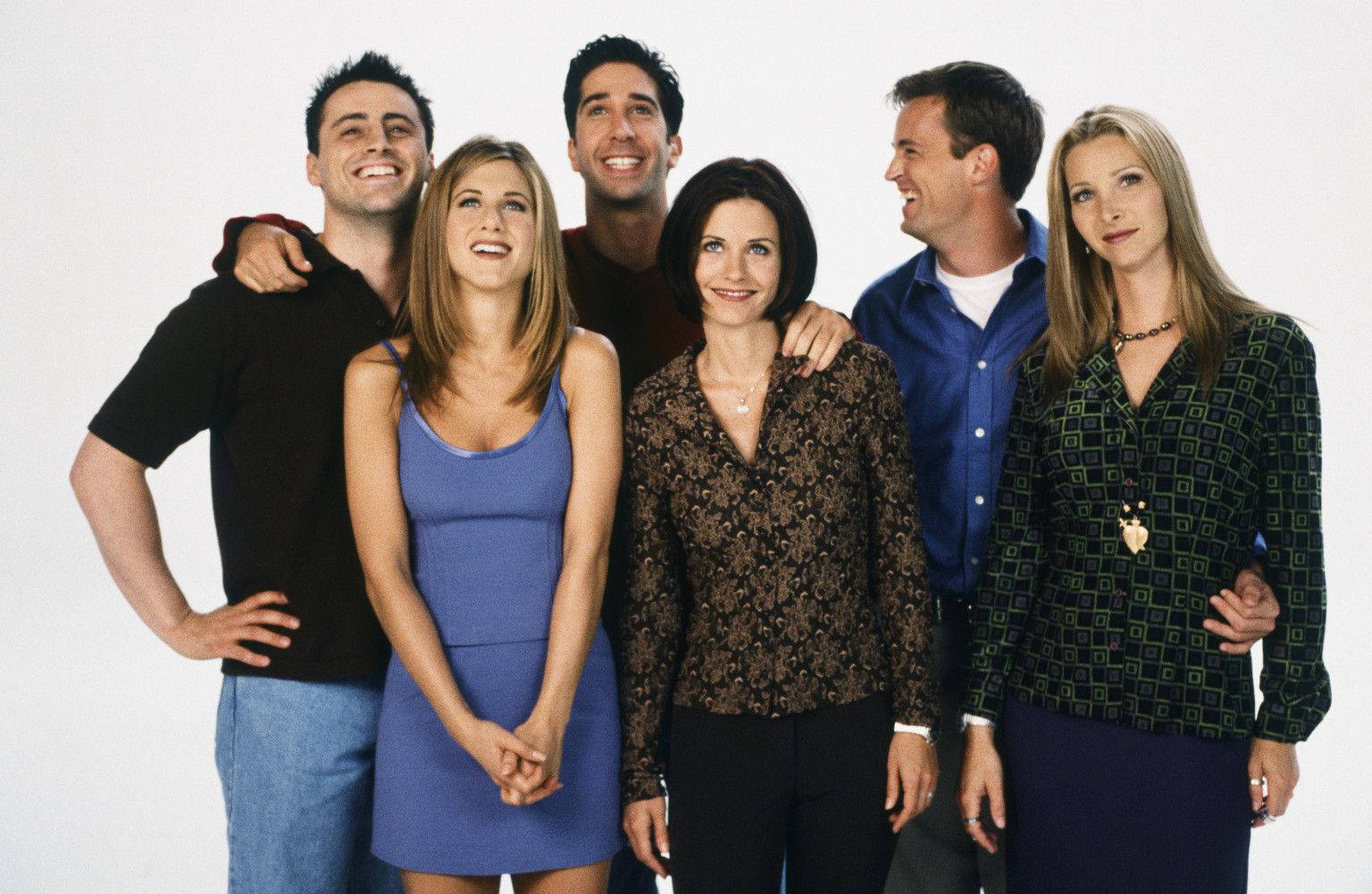Friends was a very popular television show that began in 1994 and ended in 2004. It features an all-white, middle-class group of friends. Their ratings were consistently in the 20-30 million (American) viewers range
throughout each season. The finale was the fourth most-watched series finale
and reached an average of 52.5 million American viewers. The show received many
positive reviews and is often featured in lists that rank ‘the best television
shows of all time.’ It was nominated for 63 Emmy Awards.
It was created by David
Crane and Marta Kauffman, two white people. It had 12 executive
producers during the course of its show, 10 of them being white men. The other
two were white women. It aired on the corporate network that is NBC. Like many other American television shows, the messages spread on Friends were often catered to the white,
middle class audience in society.
Media representations in race, class, gender and sexuality are often catered to the dominant groups in each category. Friends is no different. It places importance on heterosexual, middle-class whites, enforces stereotypes about gender and mocks homosexuality.
A Black woman named Amaani Lyle was hired to work as a writer's assistant. She was employed by NBC and Friends for about 4 months after being fired. They said “she did not type fast enough to keep with the
creative discussions.” Lyle filed a lawsuit saying she allegedly faced race
discrimination, sexual harassment, retaliation, and wrongful termination. She
claimed that in addition to making derogatory comments towards women and people
of color, they often discussed their sex lives, sexual acts, preferences and
gestures, and drew lewd pictures. She even claims that the writers talked about
making the character Joey a rapist and describe rape scenes. The Smoking Gun
posted an eight-page document regarding the case. The defendants admitted that
many of the allegations were true. They argued that the conduct was justified
by ‘creative necessity. 'Unfortunately she has lost lawsuit as the
Supreme Court dismissed it “ruling that vulgar and coarse comments by the
show's writers reflected the ‘creative workplace’ for a comedy with sexual
themes.



